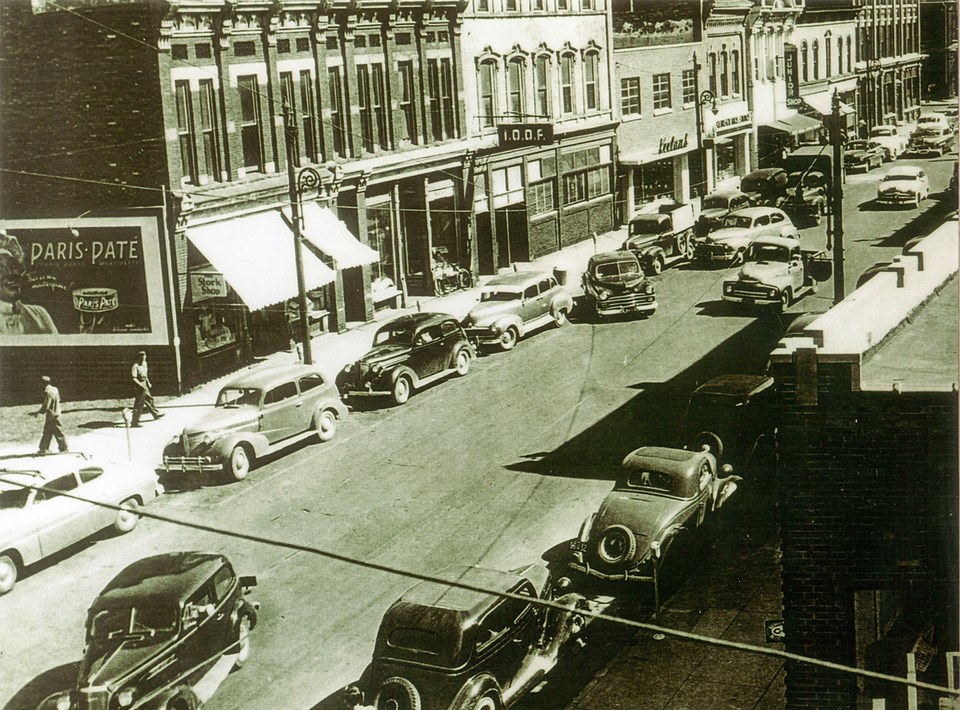Gary Shrumm & Randy Evans
Historian and columnist Phil Egan told Journal readers earlier how members of the Ku Klux Klan desecrated Sarnia’s St. Joseph’s Catholic Church in 1924.
Sadly, that incident was not the full extent of Klan activities locally.
Established by Confederate Army veterans following the U.S. Civil War, the KKK was a white, Protestant supremacist hate group that was more than willing to use violence to supports its aims.
Thanks to a crackdown by federal law enforcement, the Klan was largely gone by the 1870s. But the group underwent a revival in the 1920s, when membership was estimated in the millions. Additionally, its influence spread north into Canada.
In 1922, Sarnia Police Chief William Lannin was asked about the KKK’s rising popularity in Canada. He denied it was happening and called press coverage of the issue fake news.
On Aug. 22, 1925, a cross was erected and burned in Elgin Park. Residents found it around 11:30 p.m. and “pushed it to the ground” where it left a burn mark in the grass, The Observer reported.
The cross had been constructed of pipe, wrapped in burlap and drenched in kerosene.
A car arrived the next day, and men got out to retrieve the cross. Was it the same car, from Detroit, that was seen earlier in the area?
“Occurrences of this nature have become quite frequent of late in various parts of Western Ontario,” the newspaper noted.
Another story published in December of 1927 showed the hate group was gaining strength. It described how a KKK meeting drew about 100 people to Daws Hall, at the corner of Mitton and Wellington streets.
The local recruitment drive was organized by T.O. Edwards, a “Kleagle” officer of the recently formed Sarnia Klan.
With hooded members in attendance, the guest speaker was a man named James S. Lord, a New Brunswick MPP and Canadian Imperial Scribe of the KKK.
‘We must have an Anglo Saxon Canada and we want as immigrants only those people that at least can become Canadian,” he said.
In September 1929, the miscreants burned another cross in Sarnia.
This time it was at the home of Gordon Burr, who lived on Lakeshore Road. Two letters were left at the scene.
The soaked cross was ignited after Burr had given evidence in the rape trial of a man named Alexander “Scotty“ McDonald, who was convicted and sentenced to 30 lashes and seven years in penitentiary.
One the offending letters read: “Watch your step old Burr. K.K.K. “
Cowardice and evil personified.
Gary Shrumm and Randy Evans are regular contributors to The Journal
